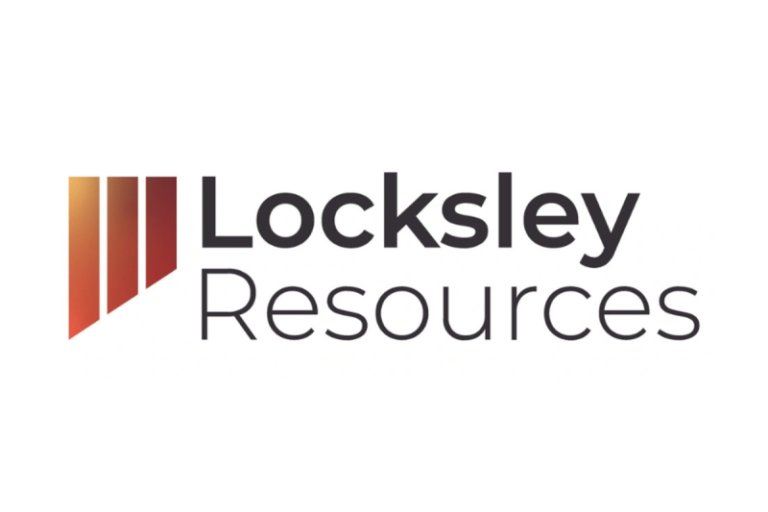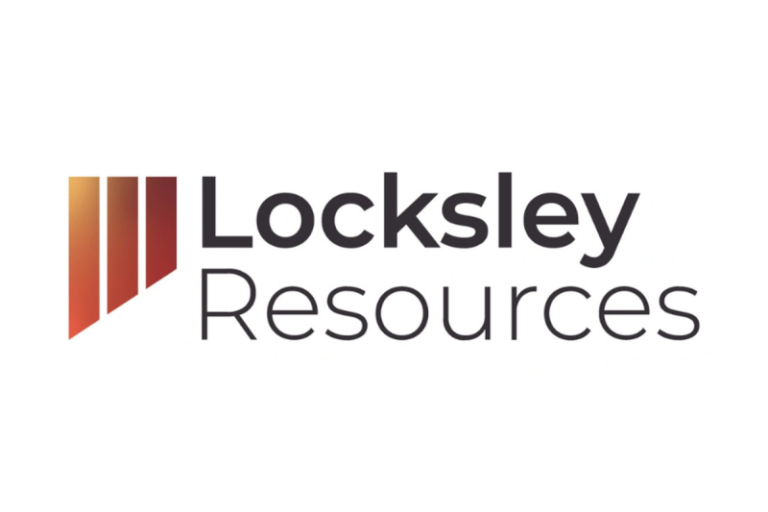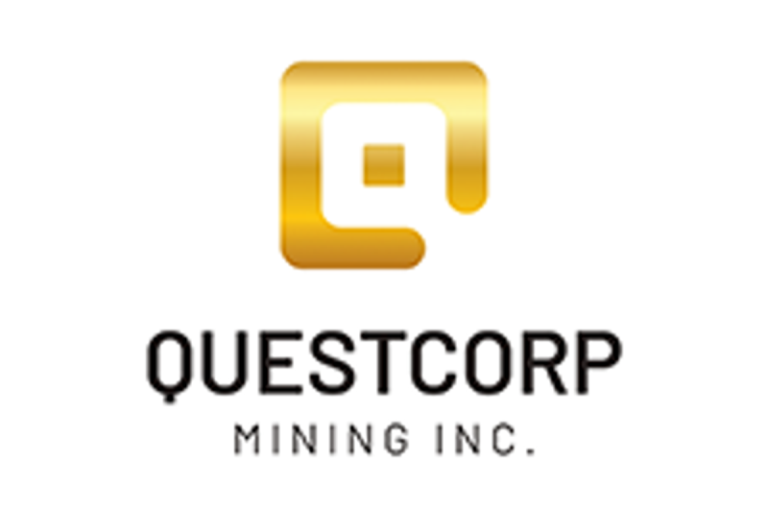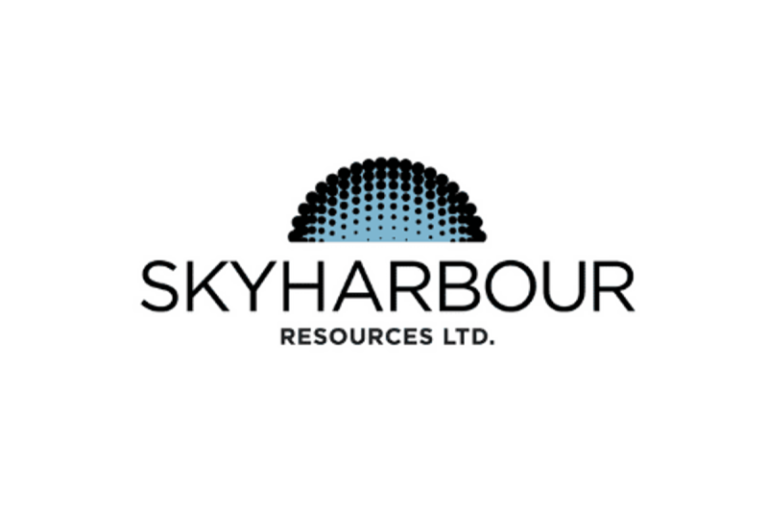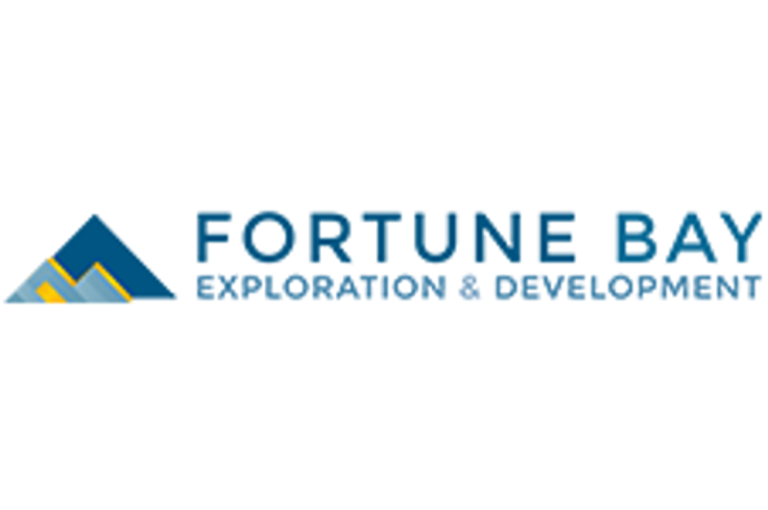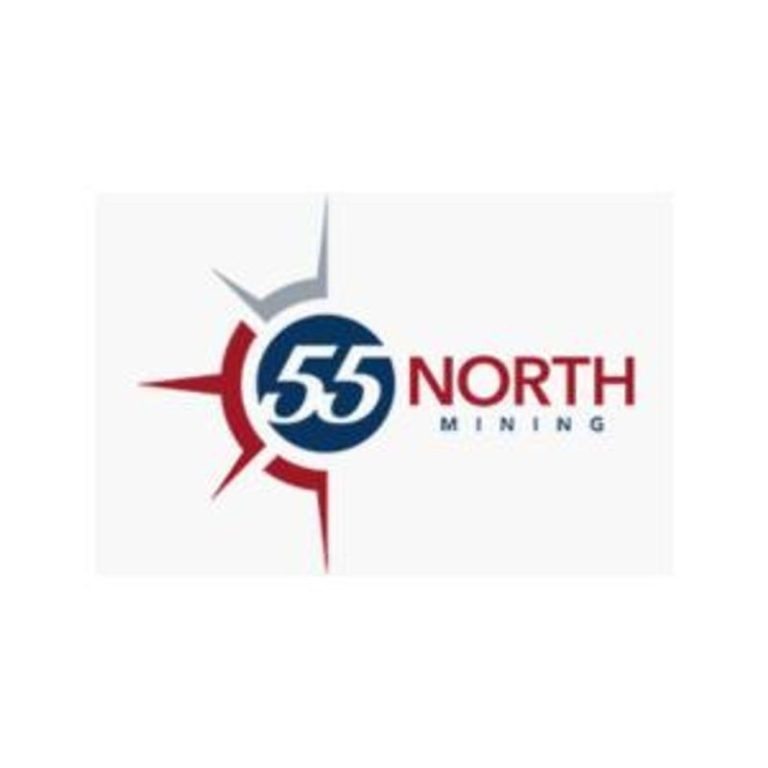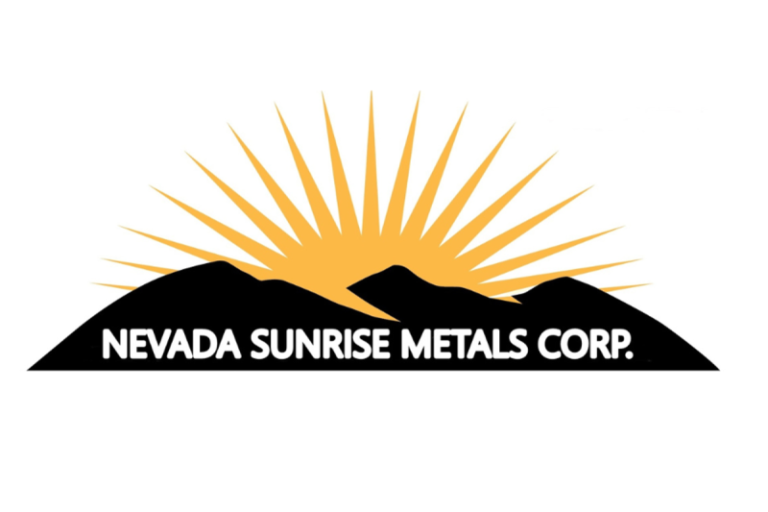HIGHLIGHTS
– A$17 million raised at A$0.24 per share through an oversubscribed placement to domestic and international institutional and sophisticated investors
– Cornerstone U.S. institutional support provides strong strategic validation of Locksley’s role in advancing onshore supply of antimony and rare earths for U.S. national security and industrial supply chains
– Strengthened balance sheet enables rapid progression of Locksley’s U.S. Mine to Market strategy while complementing ongoing engagement with federal funding and grant programs
– Funding accelerates drilling, downstream technology development, and project execution, while deepening engagement with U.S. institutional partners and key government agencies
– Locksley Investor Webinar – See link below
The Placement was led by well established U.S. institutional investors, providing a strong endorsement of Locksley’s strategy to deliver a fully integrated U.S. based ‘Mine to Market’ critical minerals supply chain. Their participation brings not only capital but aligned sector expertise and ongoing engagement that supports the Company’s downstream development objectives within the United States.
The raise was conducted under the Company’s refreshed placement capacity pursuant to ASX Listing Rules 7.1 and 7.1A, following shareholder approval at the Annual General Meeting held on 28 November 2025.
Strategic Execution Enabled by the Placement
Proceeds from the Placement will accelerate execution across the following:
– Rapid Advancement of drilling, assay programs and structural mapping to define mineralisation across the Mojave Project
– Acceleration of downstream processing and American-made conversion planning for antimony products
– Enhanced positioning for engagement with federal level funding initiatives, supporting Locksley’s role within the U.S. critical minerals ecosystem
– Accelerated progression toward first-mover status in restoring domestic U.S antimony supply, aligned with national security and industrial demand
– Continuous parallel execution of permitting, stakeholder engagement, engineering and project scheduling
Locksley Managing Director, Kerrie Matthews, commented:
‘The depth of support across both international and Australian institutional markets represents a strong validation of our strategic pathway. In particular, the strong level of U.S. participation aligns directly with our downstream ambitions and reinforces the commercial relevance of our development plan.
The involvement of leading U.S. institutional investors is more than capital allocation; it is a strategic endorsement of Locksley’s emerging role within the domestic U.S critical minerals sector. This support comes at a time when the U.S administration is emphasising critical minerals as a national security priority and seeking to reduce reliance on foreign-controlled processing capacity.
With this institutional backing, Locksley is positioned to advance its contribution to a U.S. based supply chain for antimony and rare earths.
Importantly, this funding allows us to execute at pace while continuing to progress federal engagement initiatives. The capital secures our ability to accelerate exploration, development planning, and downstream partnerships, unlocking the full potential of the Mojave Project.
We are delighted to welcome these new investors to the register and look forward to working with partners who can support our long-term growth agenda.’
Investor Webinar – U.S Development Progression & Execution Strategy
Locksley invites shareholders and investors to attend a live Investor Webinar to discuss recent milestones and provide an update on the advancement of its U.S Mine to Market execution pathway and upcoming development milestones.
ZOOM WEBINAR: TUESDAY, 9th DECEMBER 2025 at 1:00pm AEDT / 10:00am AWST
REGISTRATION LINK:
https://www.abnnewswire.net/lnk/85LT5VD6
Placement Details:
The Placement was managed by Alpine Capital Pty Ltd and Titan Partners Group, a division of American Capital Partners, acting as Joint Lead Managers.
Settlement of the Placement is expected to occur on or around 11 December 2025, with new shares to rank equally with existing fully paid ordinary shares. An Appendix 2A and cleansing notice will be released to the ASX in due course.
The Placement is structured under a single tranche comprising 70,833,334 new Securities to raise approximately A$17,000,000, conducted under the placement capacity of the Offer in accordance with ASX LR 7.1 & LR 7.1A.
About Locksley Resources Limited:
Locksley Resources Limited (ASX:LKY,OTC:LKYRF) (FRA:X5L) (OTCMKTS:LKYRF) is an ASX listed explorer focused on critical minerals in the United States of America. The Company is actively advancing exploration across two key assets: the Mojave Project in California, targeting rare earth elements (REEs) and antimony. Locksley Resources aims to generate shareholder value through strategic exploration, discovery and development in this highly prospective mineral region.
Mojave Project
Located in the Mojave Desert, California, the Mojave Project comprises over 250 claims across two contiguous prospect areas, namely, the North Block/Northeast Block and the El Campo Prospect. The North Block directly abuts claims held by MP Materials, while El Campo lies along strike of the Mountain Pass Mine and is enveloped by MP Materials’ claims, highlighting the strong geological continuity and exploration potential of the project area.
In addition to rare earths, the Mojave Project hosts the historic ‘Desert Antimony Mine’, which last operated in 1937. Despite the United States currently having no domestic antimony production, demand for the metal remains high due to its essential role in defense systems, semiconductors, and metal alloys. With significant surface sample results, the Desert Mine prospect represents one of the highest-grade known antimony occurrences in the U.S.
Locksley’s North American position is further strengthened by rising geopolitical urgency to diversify supply chains away from China, the global leader in both REE & antimony production. With its maiden drilling program planned, the Mojave Project is uniquely positioned to align with U.S. strategic objectives around critical mineral independence and economic security.
Tottenham Project
Locksley’s Australian portfolio comprises the advanced Tottenham Copper-Gold Project in New South Wales, focused on VMS-style mineralisation
Source:
Locksley Resources Limited
Contact:
Kerrie Matthews
Chief Executive Officer
Locksley Resources Limited
T: +61 8 9481 0389
Kerrie@locksleyresources.com.au
Jane Morgan
Investor and Media Relations
T: +61 (0) 405 555 618
jm@janemorganmanagement.com.au
News Provided by ABN Newswire via QuoteMedia

